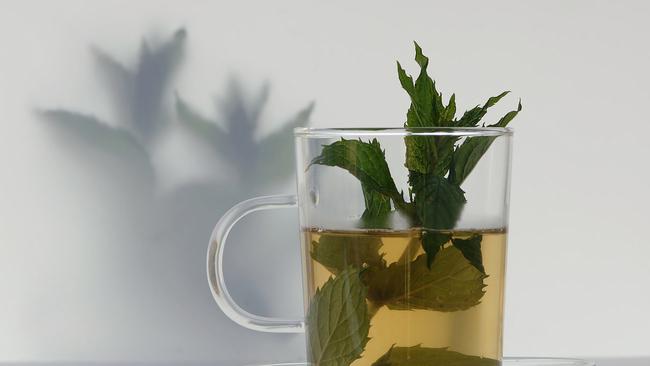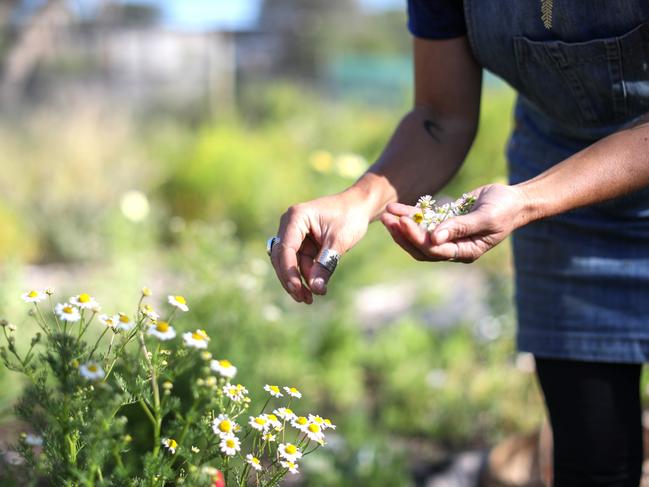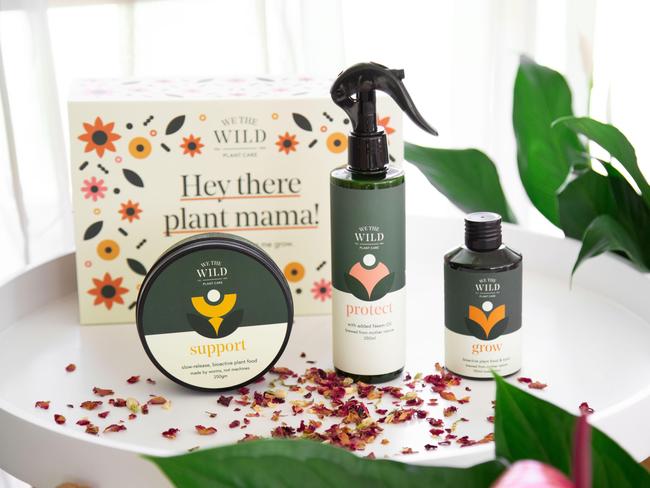Care for a cuppa? Here’s how to grow your own
You can grow Camellia sinensis in the garden to harvest your own black or green tea — or experiment with all manner of herbs.

Even the tea we drink was affected by the pandemic. From being traditionally a black-tea-drinking country, interest boomed in 2020 in what tea educator Sharyn Johnston calls the “wellness and functional teas – especially the immune-boosting, relaxation and sleep teas”.
Both green and black tea (and indeed white and Oolong tea) come from the same plant, Camellia sinensis. You can grow this bushy shrub at home to harvest fresh leaf tips (for green tea) or process them (for black). You can also grow caffeine-free, herbal alternatives – they’re most vibrant using fresh leaves but you can dry them to make your supply last out of season.
Mint makes a refreshing tea that also aids digestion. Peppermint has the most menthol but spearmint is lighter and sweeter; others include chocolate mint and apple mint. Moroccan mint tea is a blend of green tea and mint. All mints like semi-shade and moist soil, and will spread invasively. Make a simple corral by cutting the base off a large plastic pot and sinking it into the soil up to its rim. Lemon balm (Melissa officinalis), also in the mint family, makes a calming and relaxing tea. It likes semi-shade and summer water; in cold areas it dies down over winter to regrow in spring.

Lemongrass (Cymbopogon citratus) makes a zesty lemon tea. This tropical grass can reach 1.5m tall so it needs space or a large pot. It grows in most areas of Australia but doesn’t tolerate frosts. Reserve the bulbous bases for cooking and make tea from the long leaves.
Chamomile (Matricaria recutita) is an 80cm-tall, annual plant whose apple-scented flowers are well known for their calming qualities. It grows in a sunny spot from seed sown in spring, flowering from summer to autumn.
To make a herbal tea, pick new leaves that are sweet and tender. This pruning promotes more, bushy growth. Use 2-3 teaspoons of fresh herbs, cut into small pieces, per cup of boiling water. Steep for several minutes. Add honey to taste or use stevia leaf (Stevia rebaudiana) – the leaves are 30 times sweeter than sugar, have no calories and are suitable for diabetics.
Other culinary herbs to add savoury notes to herbal teas include rosemary, sage, marjoram, thyme and lemon thyme. Try adding a sliver of home-grown ginger or a lemon slice to the pot. These add flavour and increase the aromatics.
Good to know
Use only registered organic sprays on plants you will consume. Wash leaves before use. Serve teas hot or chilled, or add leaves to summer drinks. Rooibos, or red bush tea, comes from a South African plant, Aspalathus linearis, which is challenging to grow outside its natural habitat. Read more in Penny Woodward’s Grow Your Own Herbal Remedies, and Grow Your Own Tea by Christine Parks and Susan M. Walcott.
Q&A
Our 20-year-old dwarf date palm has bunches of dark green fruit. Are these edible? How do we know when they are ripe? Mathilde Schaefer-Buss, Adelaide
The fruit of Phoenix roebelenii, produced only on female plants, is edible but has just a thin layer of flesh around a large seed. They’re ripe when they turn red-brown to purple. The dried dates we eat are from Phoenix dactylifera, which grows in hot, dry areas. It is not the same as the common Canary Islands date palm (P. canariensis).
What’s the best way to store my dahlia bulbs? How can I divide the clumps? Theresa Ford, Maitland, NSW
Help tubers cure before digging by leaving them in the ground for two weeks after the stems die or are cut down. You can divide the tubers then, or wait until replanting. In order to grow, each tuber needs the main body, at least one “eye” and an undamaged neck connecting them. Size doesn’t matter. Wash off the soil and let them dry. Use sharp secateurs to separate individual tubers. “Eyes” can be tricky to spot until you are practised. Store ideally between 4C and 10C. Pack in layers covered with vermiculite in a plastic box or wrap each tuber in cling film. Check monthly; too moist and they rot; too dry and they shrivel.





To join the conversation, please log in. Don't have an account? Register
Join the conversation, you are commenting as Logout